Modell of the month Mai 2023 Avia
Prague elegance - The Avia B. 534
From original to model
An independent part of the collections of the Aviation Museum Hannover-Laatzen are the more than 1,000 scale models, mainly of the international standard 1/72, 1/48 and 1/32. Such true-to-the-original miniatures enable viewers of museum technology history to get an "overview", not only of the individual exhibit (sometimes even as the only possibility of a three-dimensional display if there is no longer a preserved original), but also of the developmental lines of aircraft construction by means of the possible sequencing and juxtaposition here. Sometimes they even close gaps in the presentation of the originals. Their craftsmanship alone is a pleasure to behold.
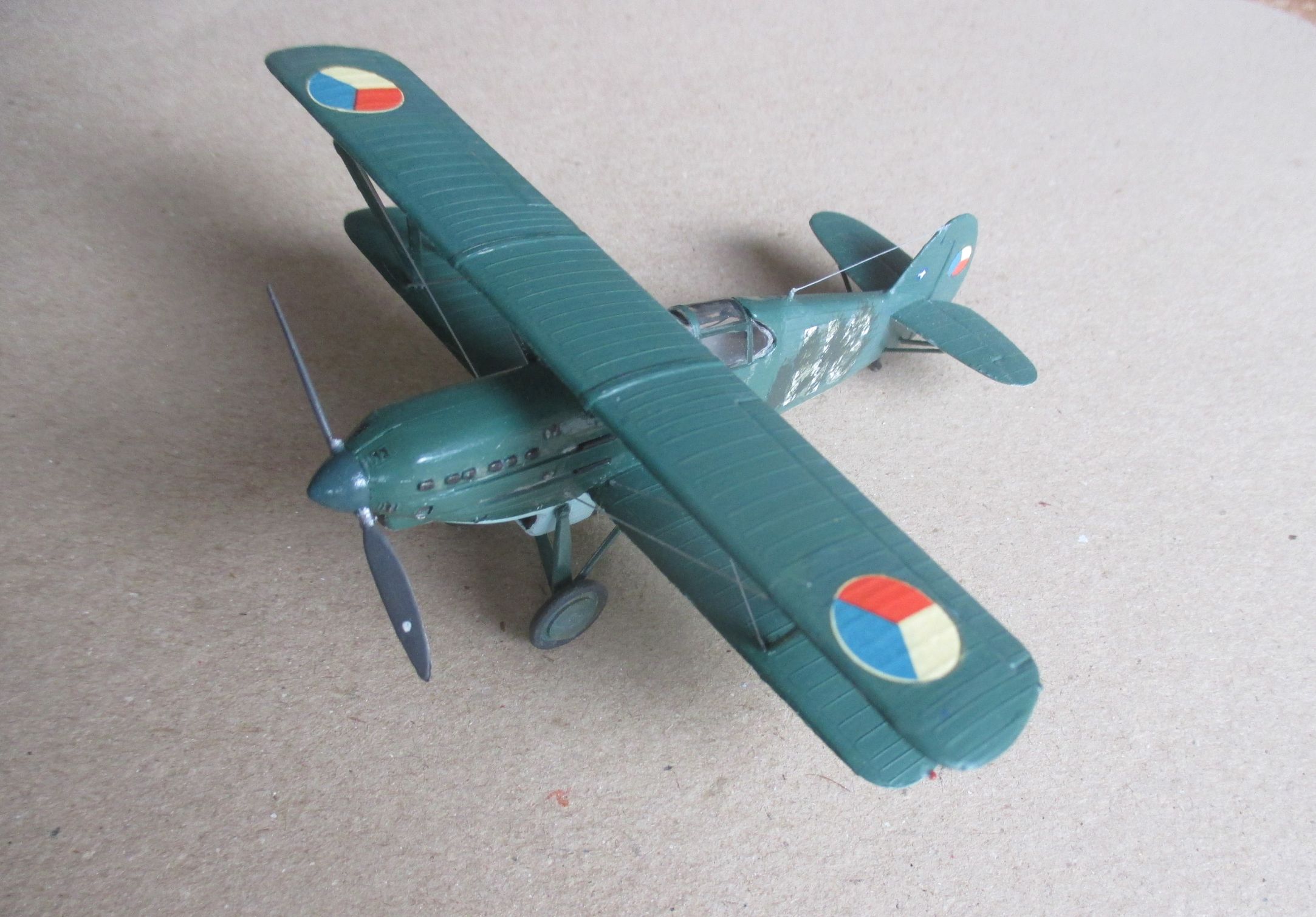
Today, in our 'Model of the Month' series, we present the Avia B. 534 single-seat and single-engine biplane fighter. This was top technology from Czechoslovakia in 1933 and later used in large numbers by the German Luftwaffe and allied countries in training and also in action.
The models: Kovozavody to Eduard
The museum displays a 1/72 model of the Avia B. 534 as a fighter trainer of the German Luftwaffe in a display case of exhibition hall 2 on the subject of training. From its model collection backstage comes the fighter-bomber of the Czechoslovak Air Force at the time of the Sudeten crisis in 1938. The Czech manufacturer Kovozavody released the first kit of the type in 1971; a fine model at the time. There is now a plethora of kits available for the B. 534 in 1/72, with the Eduard company alone covering almost every variant of the original.

The original: Prague elegance
Developed at the renowned Avia aircraft factory near Prague by František Novotný, the B. 534 was born from the marriage of the B. 34 aircraft type with a Hispano-Suiza 12-cylinder inline engine. The new type was then built under license for series production. The maiden flight took place in May 1933. Constantly modified – the cockpit was closed with a glass canopy, the wheels of the rigid landing gear were optionally covered, the armament was modified, the rudders were enlarged – the first of a total of nearly 600 examples produced in four main series were delivered to the Czechoslovak Air Force in 1935.
At the 1937 International Air Meeting in Zurich, the elegant Avia B. 534 took second place behind the Messerschmitt Bf 109 in categories A (International Alpine Round Flight) and C (Triple Group Flight). Reliable as well as powerful, the fabric-covered but riveted and bolted tubular steel construction was also suitable for field airfield operations. By the second half of the 1930s, the B. 534 had earned an excellent reputation in ist class. Although the new all-metal monoplane fighters with retractable undercarriage and powerful armament had appeared in the meantime with the „109“, the „Hurricane“, the „Spitfire“ and also the Curtiss P-40, biplanes of mixed construction were still ‚state of the art‘ in many air forces.
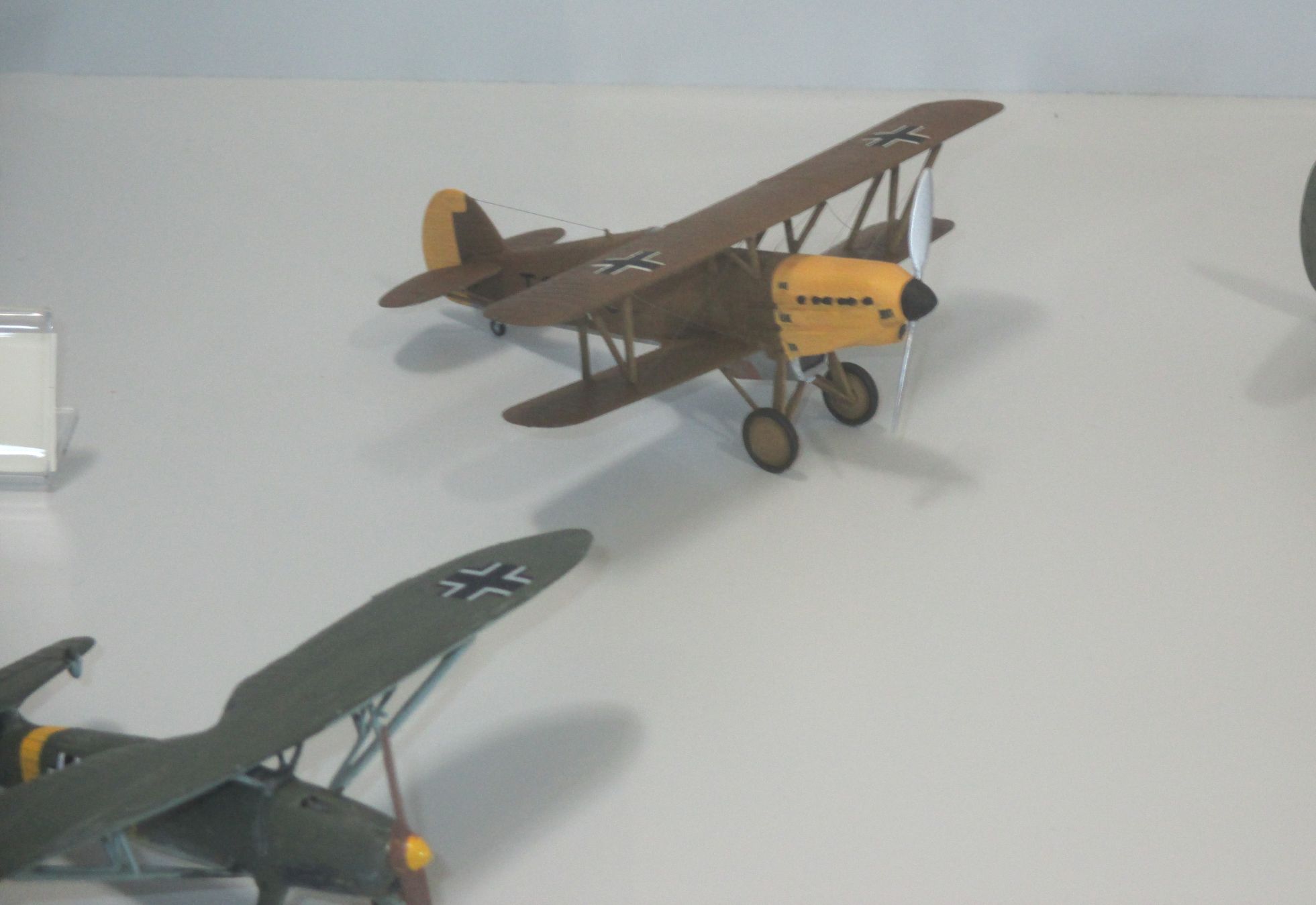
The largest user of the type actually became the German Luftwaffe. After the separation of Slovakia and the German invasion of the rest of Czechoslovakia in 1939, the Wehrmacht took over a large number of Czech-built armaments, including the Avia B. 534. It´s performance lay between the top German designs and their predecessors – and thus represented an extremely welcome reinforcement of the „second line“.
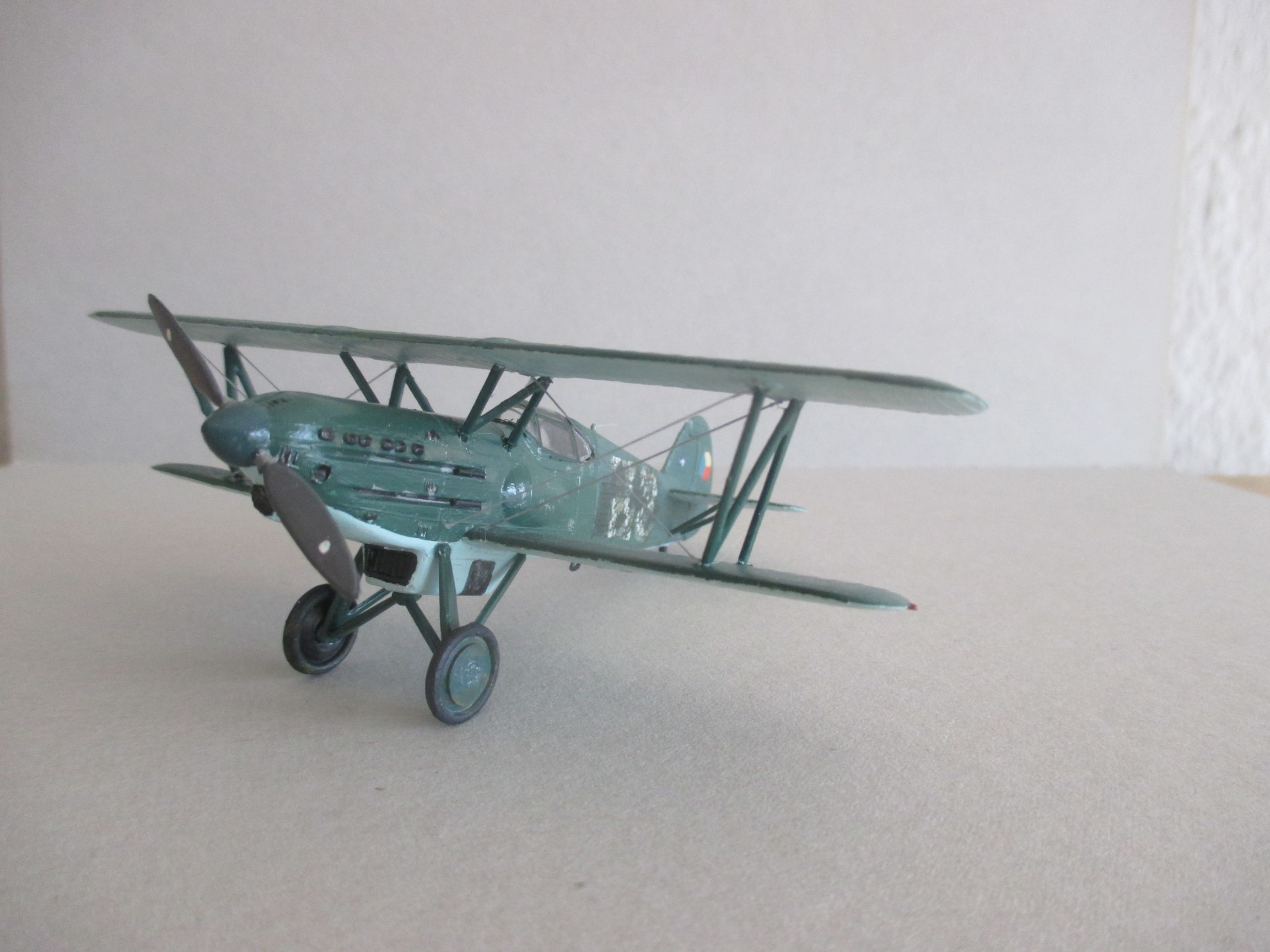
In addition of the Luftwaffe, which used the type primarily for fighter training and at times as an operational reserve, the Avia 534 flew in various air forces of European powers. Bulgaria and Slovakia used the type in front-line operations against the Soviet Army.
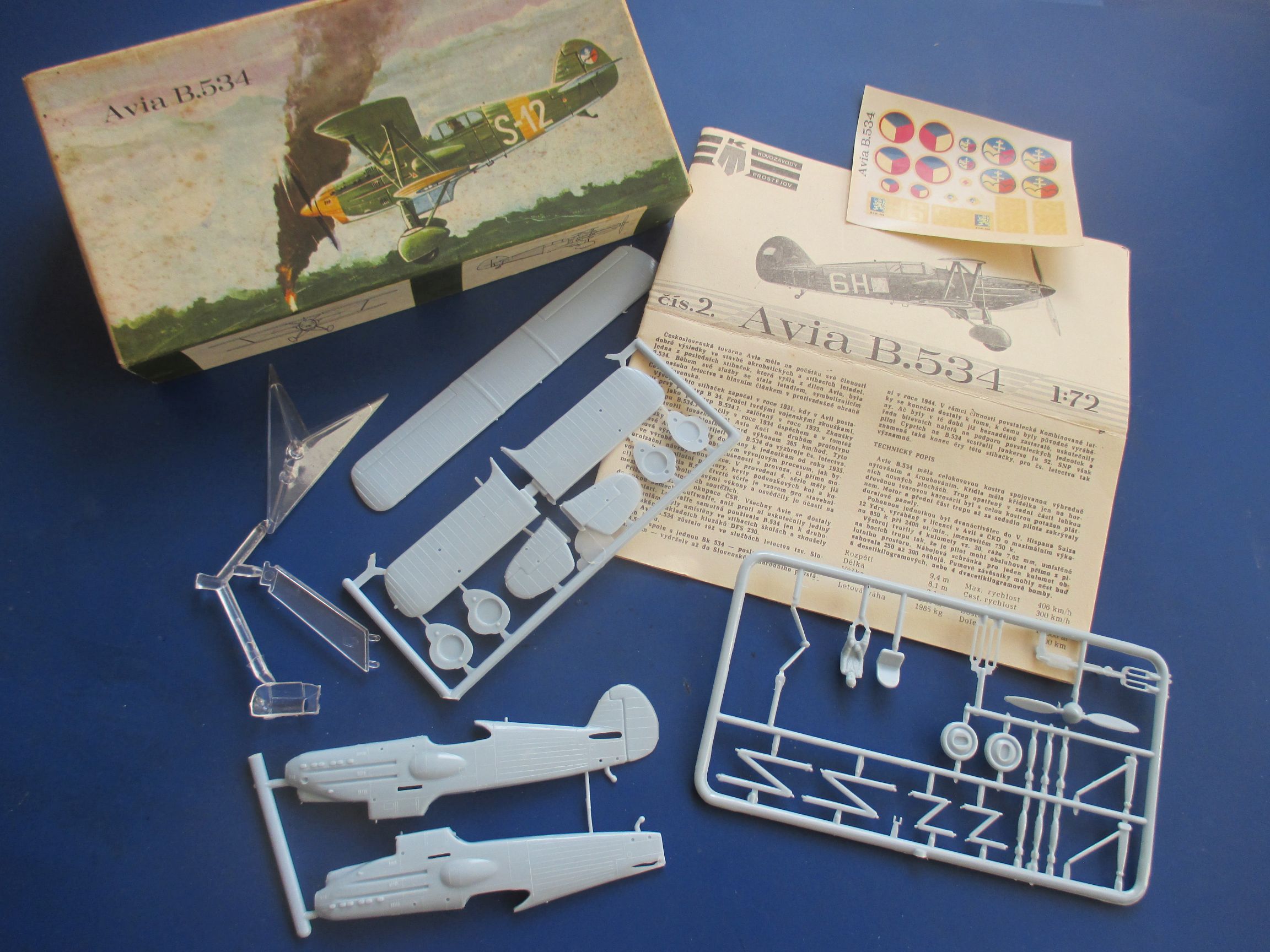
Data sheet of the Avia B. 534:
Length:Span: 9.40 m
Max. Weight: 2,120 kg
Max. Speed: 394 km/h
Armament: 4 x 7.7 mm MG; as a FB additionally 6 x 20kg bombs
Power: 1 x Hispano-Suiza HS-12 Ydrs inline engine with 862 hp (license construction)
Range: 580 km

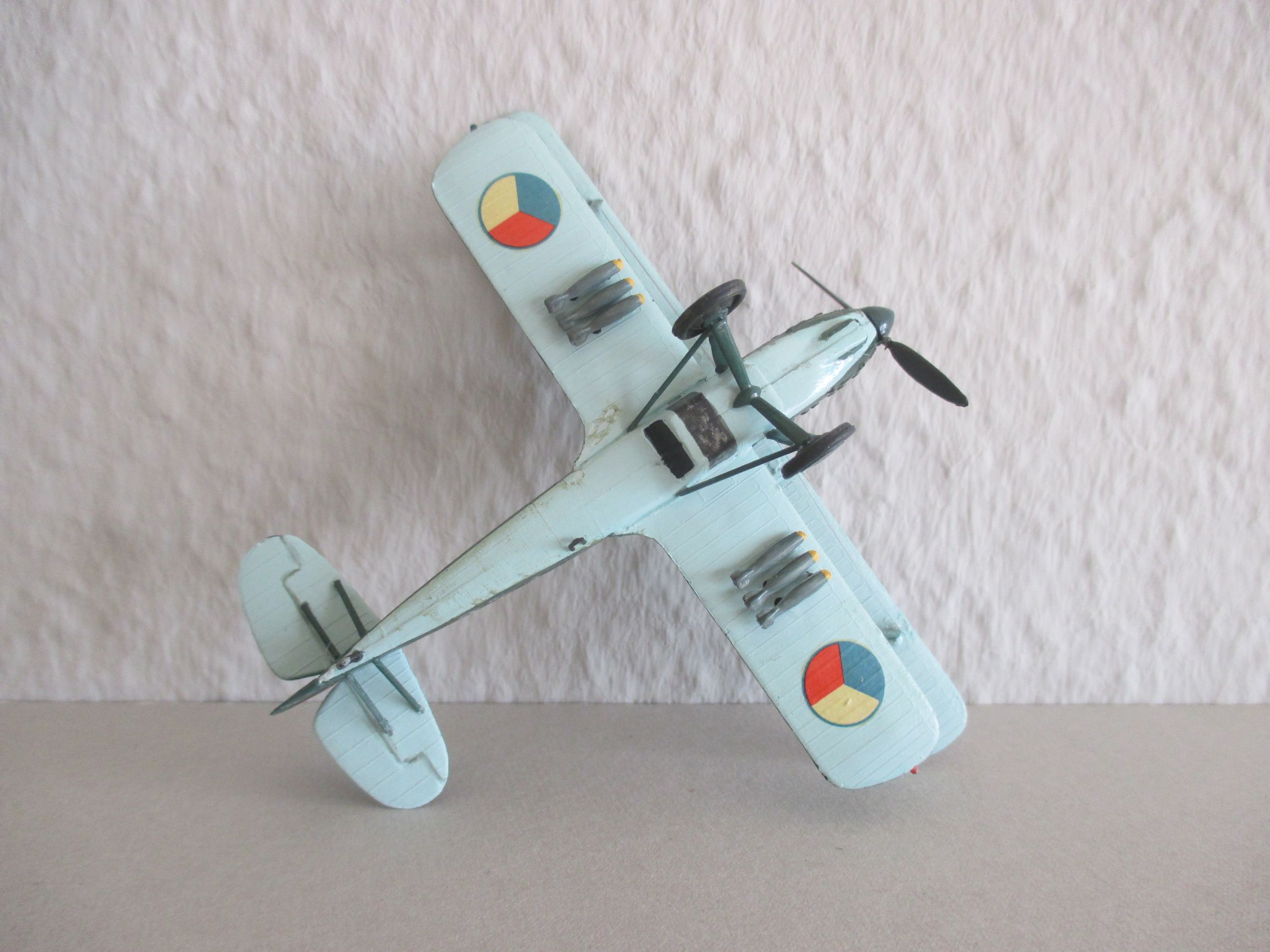
Could we make you curious about the Aviation Museum with its more than 40 originals and true-to-original replicas, twice as many engines and hundreds of pieces of equipment as well as its model collection? If so, we look forward to your visit to Ulmer Strasse at the Hannover fairground!
sb
